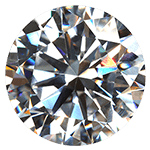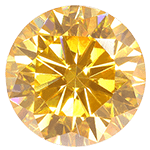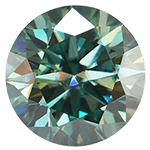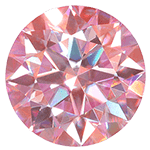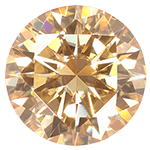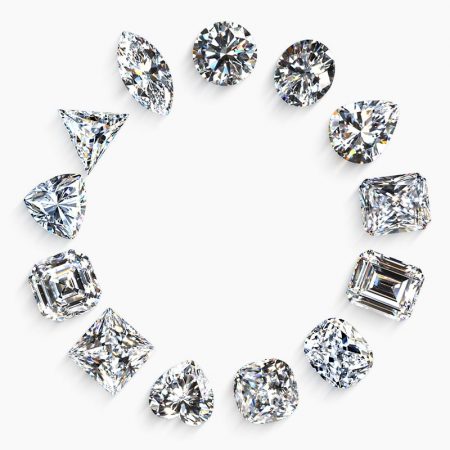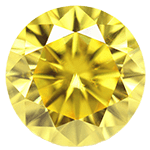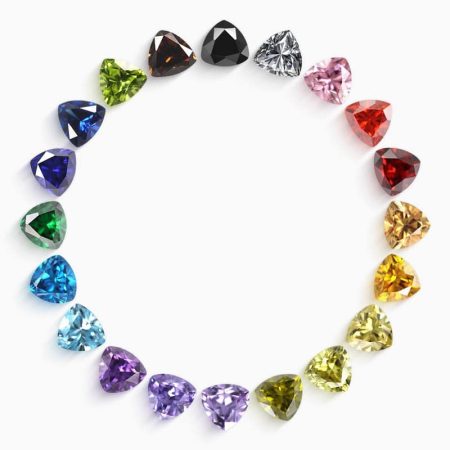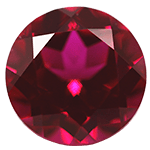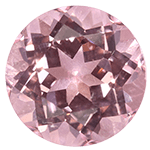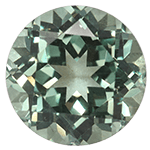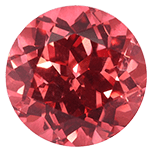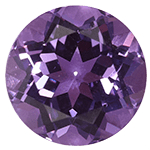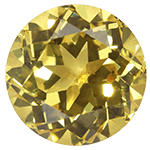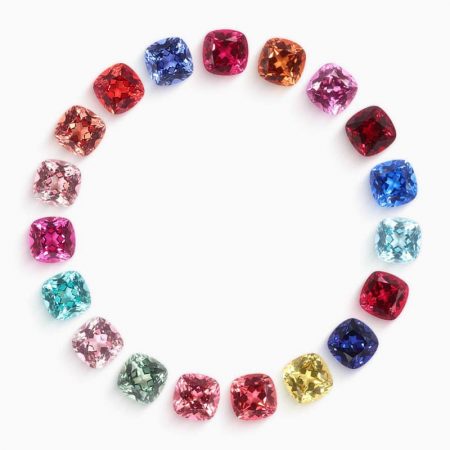What Gemstones Can Be Lab Grown?
- Written by Carat Island
- Last Updated on
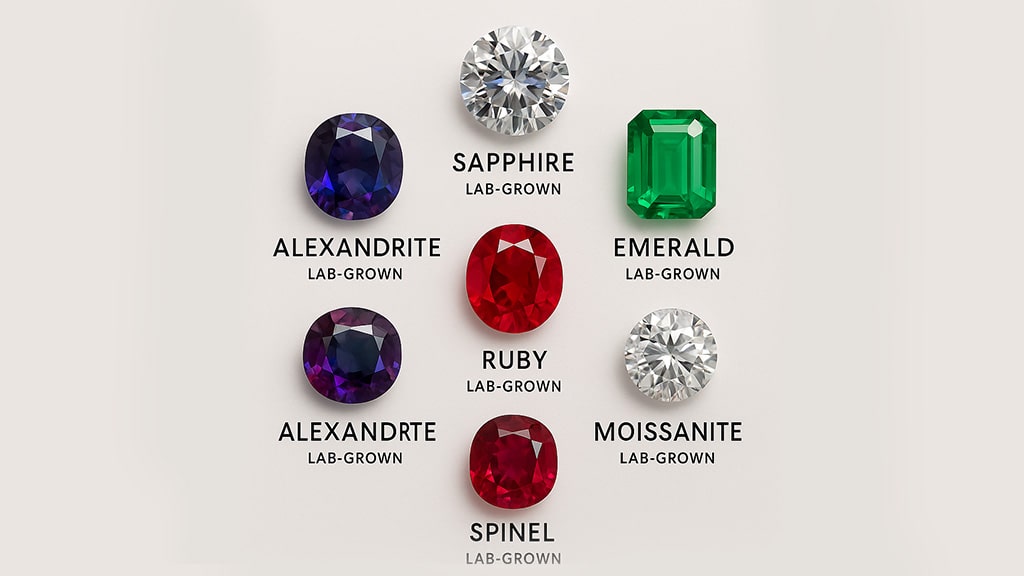
Table of Contents
Lab-grown gemstones are gaining popularity among jewelers, consumers, and ethical buyers alike. With advancements in technology, many beautiful and durable gemstones can now be created in laboratories, offering the same sparkle, brilliance, and chemical properties as their natural counterparts—but often at a fraction of the cost. In this guide, we explore which gemstones can be lab grown, how they're made, and what makes them an appealing choice.
What Does "Lab-Grown" or "Synthetic" Mean?
A lab-grown or synthetic gemstone is one that has been created in a controlled laboratory setting but is chemically, physically, and optically identical to its natural version. These are not to be confused with simulated gemstones (like cubic zirconia), which only mimic appearance but lack the same composition.
Common Methods for Growing Gemstones:
Flame Fusion: Fast and cost-effective; used for sapphires, rubies, and spinel.
Hydrothermal Growth: Mimics natural conditions with high pressure and temperature; used for emeralds and quartz.
Flux Growth: Uses molten chemicals to slowly grow crystals; common for rubies and emeralds.
HPHT/CVD: Advanced methods for growing diamonds (High Pressure High Temperature / Chemical Vapor Deposition).
Popular Gemstones That Can Be Lab Grown
💎 Diamond
Grown using HPHT or CVD
Chemically identical to mined diamonds
Available in white, yellow, pink, and blue
Offers exceptional brilliance and hardness (10 on Mohs scale)
💙 Sapphire
Grown via flame fusion, hydrothermal, or flux methods
Comes in blue, pink, yellow, green, and padparadscha colors
Excellent durability (9 on Mohs scale)
Common in engagement rings and fashion jewelry
💚 Emerald
Grown through hydrothermal or flux growth
Deep green hues with fewer inclusions than natural stones
More affordable than high-quality natural emeralds
Fragile inclusions still present, as in natural varieties
❤️ Ruby
Created via flame fusion or flux
Deep red color with strong clarity
Lab rubies are visually stunning and very cost-effective
💜 Spinel
Available in red, pink, blue, and purple
Often mistaken for ruby or sapphire
Brilliant and durable
Less commonly known but widely available in lab form
🌈 Alexandrite
Famous for its color-changing ability (green to purplish-red)
Lab-grown alexandrite retains this unique trait
A rare and exotic gemstone made accessible through labs
💎 Moissanite
Lab-created silicon carbide, not carbon like diamond
Higher brilliance and fire than diamond
Used as a durable, affordable diamond simulant
- Moissanite is a popular diamond alternative with even more fire and brilliance.
Other Lab-Grown Gemstones
Garnet (various colors)
Quartz (amethyst, citrine, smoky quartz)
Opal (resin-based synthetic opals with brilliant play-of-color)
Topaz (especially blue and pink)
Zircon (natural and treated options exist, but lab-created versions are rare)
Gemstones That Cannot (or Rarely) Be Lab Grown
Not every gemstone is suitable for lab growth due to chemical instability, layered composition, or rarity in demand.
Examples include:
Tanzanite (not reliably lab-grown at scale)
Lapis Lazuli (a composite stone of multiple minerals)
Malachite (difficult due to layered banding)
Turquoise (typically simulated rather than synthetic)
Pearls (can be cultured, but not grown in labs from scratch)
Why Choose Lab-Grown Gemstones?
Affordable Luxury: Get the look and feel of rare gems without the high price.
Ethical Sourcing: Avoid issues related to conflict zones or unethical mining practices.
Eco-Friendly: Reduced environmental impact compared to traditional mining.
Customizability: Precise control over color, clarity, and size.
Durability: Many lab-grown gems are just as hard and long-lasting as natural ones.
How to Tell If a Gem Is Lab Grown
Ask for Certification: Reputable sellers will offer GIA, IGI, or GCAL certification.
Inclusions and Patterns: Lab gems may have tell-tale growth marks visible under magnification.
Laser Inscriptions: Some lab diamonds are marked with identifying info on the girdle.
Price and Clarity: If the gem is flawless and far cheaper than natural, it’s likely lab-grown.
FAQs About Lab-Grown Gemstones
A: Yes. They are physically, chemically, and optically the same as natural gems.
A: Typically less than natural gems, but increasing in demand and acceptance.
A: Yes. Their hardness and durability are equivalent.
A: Some rare gems like alexandrite and emerald are available, while others (like tanzanite) are not reliably grown.
Conclusion
Lab-grown gemstones open up exciting opportunities in the jewelry world. From diamonds and sapphires to emeralds and spinels, synthetic gems provide beauty, value, and ethical peace of mind. Whether you're a jeweler or a customer looking to make a smart, sustainable choice, lab-created gems are a brilliant alternative worth exploring.
Want to browse lab-grown gemstones for your next piece? [Contact us] to learn more about custom sourcing and manufacturing options.

